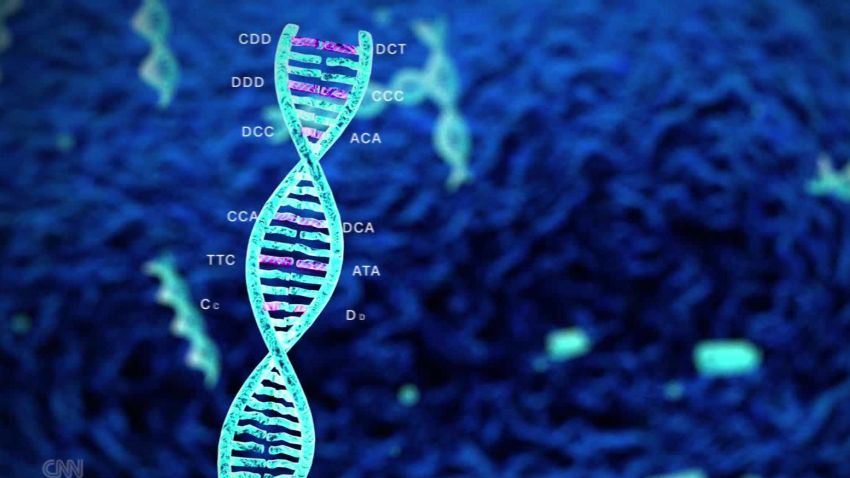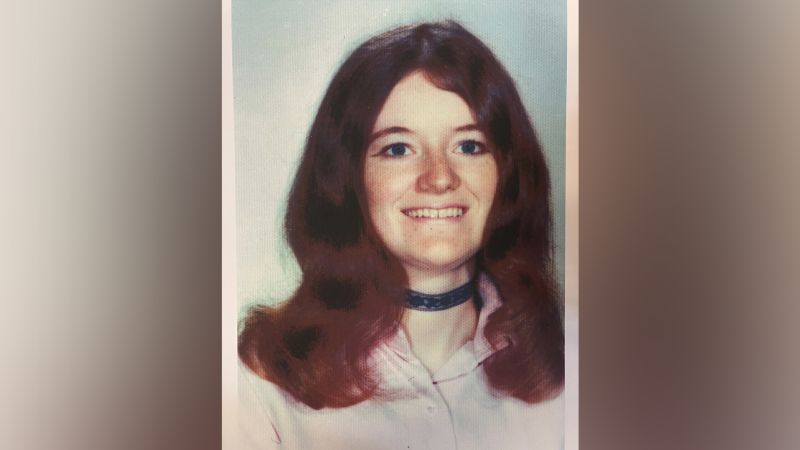CNN
—
More than 50 years after Rita Curran’s roommate found her strangled to death in her room, police in Vermont say they have identified the killer using DNA found on a cigarette butt and Curran’s clothing.
Investigators identified William DeRoos, a man who lived in Curran’s Burlington apartment building, as the person responsible with the help of advances in DNA technology and genetic genealogy, police in Vermont’s most populous city announced Tuesday.
DeRoos died of a drug overdose in San Francisco in 1986, police said. The case is now closed.
On the night of the July 1971 killing, DeRoos, who lived with his wife two floors above Curran, had a fight with his spouse and left their apartment to “cool down,” according to a Burlington police investigation report.
Curran, 24, was later found dead, severely beaten after apparently having put up a “vicious struggle,” a detective wrote at the time. Investigators are now “unanimously certain” DeRoos was responsible, the report released Tuesday says.
But when investigators questioned DeRoos and his wife the next morning, the couple said they had been together all night and didn’t hear or see anything. After police left, DeRoos told his wife if they were questioned again, she should not admit that he had left the apartment “or they would go after him” because he had a criminal history, police said during a news conference Tuesday.
A break in the case finally came in 2014 when a DNA profile was extracted from a cigarette butt that had been found next to Curran’s body, Detective Lt. James Trieb said at the news conference. Though the profile was submitted to a national criminal database for DNA, he said, no matches were made. That meant the person with that DNA likely never had genetic material entered into the database, possibly because the person didn’t have a felony conviction.
In 2019, Trieb reopened the case and decided to take a new approach.
Instead of having a single detective work the cold case alone – the department’s usual strategy – he treated the crime as if it had just been committed, bringing in a team of detectives and expert technicians to review and discuss it, his investigation report says.
The team began retesting evidence, Trieb said, and decided to analyze the cigarette DNA using genetic genealogy – a process that uses DNA databases for genealogy research to identify possible family members of the person whose DNA is unmatched.
An outside genetic genealogy expert then concluded that the cigarette DNA had strong connections to relatives of DeRoos, both on the paternal and maternal sides.
“She was certain that it was William DeRoos” who put his DNA on the cigarette, the police report says.

Why your DNA may be solving cold cases
Investigators then found a living half-brother of DeRoos who was willing to provide a DNA sample, and that sample bolstered the conclusion that the cigarette DNA belonged to DeRoos, the report says.
Finally, investigators found that DNA left on Curran’s ripped house coat also matched the DNA on the cigarette butt, the report reads. Investigators re-interviewed his then-wife, who admitted that she had lied about DeRoos’ alibi.
At the news conference, acting Burlington Police Chief Jon Murad said the day was “filled with mixed emotions.”
“Ultimately, those emotions are ones of relief, of pride for me (and) for this department, but mostly of gratitude to a family that has been through an incredible ordeal for more than half a century,” he said.
Sumber: www.cnn.com






